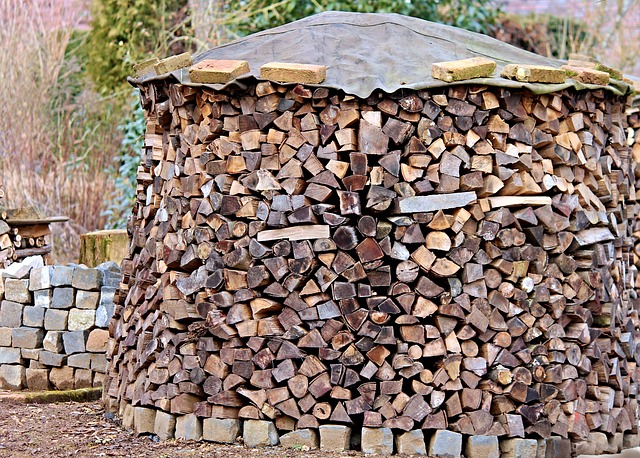Wood is the oldest raw material that humans can use to their advantage. Wood is a material produced by trees, which are living organisms, often growing within a community, the forest. Some forests are protected as nature reserves where logging is prohibited or severely restricted, while others are commercial forests dedicated to logging and processing. Commercial forests must be properly managed. Mature trees should not only be cut down, but new trees should be planted to encourage their growth. The planting process is managed by forest managers, and the trees then grow over the years from small, rooted saplings, to young saplings, to mature deciduous and coniferous trees.
Timber is sawn
. The felled trees are processed into various types of sawn logs using special machinery. The most economical, and in fact the most utilized, method is to cut the logs longitudinally parallel. These are the sharp cut and prismatic cut.
Processing logs by sharp-cutting
Most processing plants run logs through sawmills using this method.
Cutting logs by the prismatic method
Logs are first cut from the center (called a prism) and only a few pieces are cut at the ends. Then, the prism is rotated 90 degrees and put through the saw again, and the so-called cross-wood falls off.
Radial cuts
Cut perpendicular to the flight ring. It is mainly used for special cuts for decorative purposes and for furniture production where the shape of the flight rings of the sawn timber is important. Such lumber fetches a high price and of course consumes a lot of material and generates a large amount of waste.
Segmental cuts
This is done by combining horizontal cuts with sharp cuts to produce lumber with a distinctive radial pattern. Segmental cuts are more commonly used than radial cuts because they are less expensive and produce less waste.